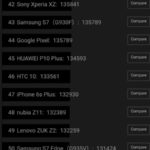Three South African schools have earned top global honours in the Inspired Builds robotics competition, a worldwide STEM challenge that involved 111 schools across…
Xiaomi Mi A1 review: the mid-range device to beat?
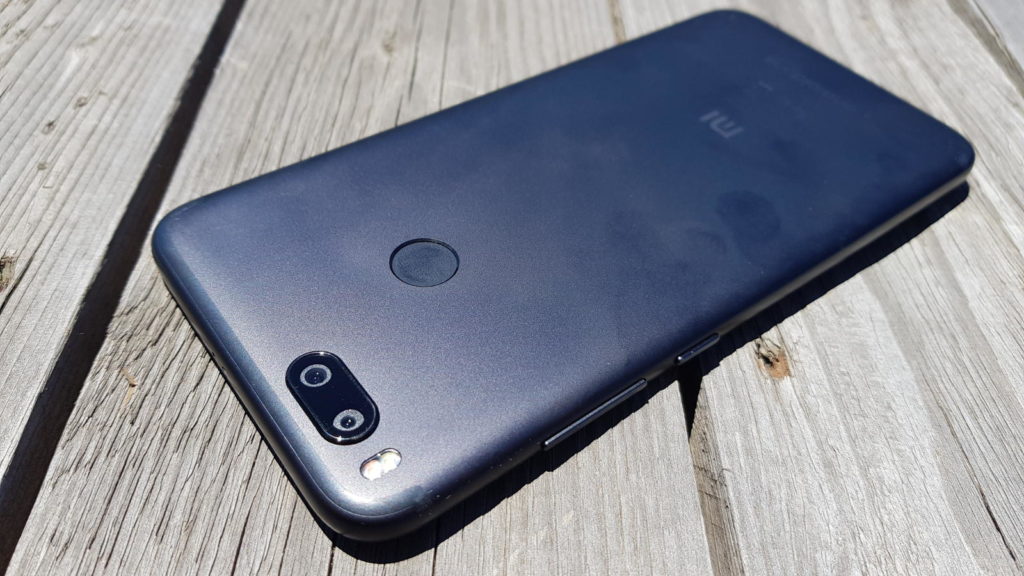
Pure Android joined tall screens as being another notable trend in 2017, as HMD, Lenovo and Essential refrained from skinning their devices.
You can also add Xiaomi to the mix, the firm introducing the Mi A1 at the tail-end of last year. Fortunately, MIA Group has brought the device to South Africa, coming in at R4999. Now, after a few weeks with the device, we’ve got a verdict.
So, stock Android…
Boot up the Android One phone and indeed you’ve got stock Android here, with little in the way of preinstalled third-party apps to be had. We say “little”, because Xiaomi’s remote app (using the IR blaster), Mi Camera app and Feedback tool are included here.
For pure Android neophytes, you can expect an app drawer/menu activated with an upward flick, the Google Now menu on the left-most homescreen and a variety of preinstalled Google apps.
Powering the stock Android experience is a mid-range yet frugal Snapdragon 625 chipset, 4GB of RAM and 64GB of expandable storage. And the hardware/software combination results in a brisk experience for daily usage. Whether I was scrolling through my Google Keep notes, multitasking, browsing reddit or live-tweeting at a recent event, I seldom felt the need for more power.
In terms of benchmarks, we see the Xiaomi Mi A1 achieve middling scores, hitting 64 328 in Antutu. By comparison, the near-identical Redmi Note 4 scores 61 749, while the Xperia XZ Premium (equipped with a beefy Snapdragon 835) scores 164 238. The Mi A1’s score isn’t unexpected at all, squarely in line with our expectations. Benchmarks and general performance aside, gaming is another proper test for a smartphone, so we made a quick visit to the Play Store.
We started with a few lightweight titles, in the form of Leap On, Fury Turn and recent release Knife Hit. And all titles ran at a very fluid speed, with little to no perceptible judder here.
But what about graphically advanced fare? We switched to NASCAR Heat Mobile, a challenge for mid-range devices, and we got slow-mo performance here as the phone struggled with a 40 car field. We also tried out The Tower: Assassin’s Creed, FZ9 and Into the Dead 2, the titles turning in a smooth, very playable experience otherwise.
In other words, this phone will handle many games well enough, including new releases, but there are a few titles that’ll definitely bring it to a crawl.
What about hardware?
The phone, based on the Mi 5X, definitely feels like a premium piece of kit, largely due to its metallic back and the matte black colour of sorts.
Those wanting a tall screen and thin bezels will be disappointed though, and the phone does feel a little wider after using the Galaxy S8 as my daily driver — but I got used to it after a day of regular use. It’s also worth noting that Xiaomi has opted to keep the capacitive keys below the screen, rather than using on-screen navigation keys. I’m largely indifferent to this decision, to be fair.
Staying with the front of the phone, the 5.5-inch full HD LCD screen delivers good colour reproduction, while outdoor viewing was just fine. If there is one major annoyance, it’s that we don’t get a colour calibration/temperature option in the settings menu — although whites were reproduced well enough for my liking.
The Xiaomi Mi A1 definitely feels like a more premium device than the price tag suggests
Look at the back and you’ve got a clean design for the most part, the Xiaomi/Android One branding, circular fingerprint scanner and dual-camera bump being the major elements here. Speaking of the camera bump, you’ll notice a bit of wiggle when prodding the phone while on a flat surface. It’s no dealbreaker and the bump is nowhere near the size of the Lumia 1020’s camel hump, but you’ll notice this from time to time anyway.
When it comes to I/O, I’m glad to report that it’s still Xiaomi through and through. So that means hybrid-SIM support, a USB Type-C connector, earphone jack and an IR blaster (yes!). The latter works via the Mi Remote app and third-party apps, giving you control over DVD players, TVs, air conditioners and more. I really wish we saw the IR blaster on more devices.
Don’t expect water-resistant design here — it won’t survive a dunking. Still, you can’t have everything at R5000…
The camera department

Xiaomi Mi A1 Back
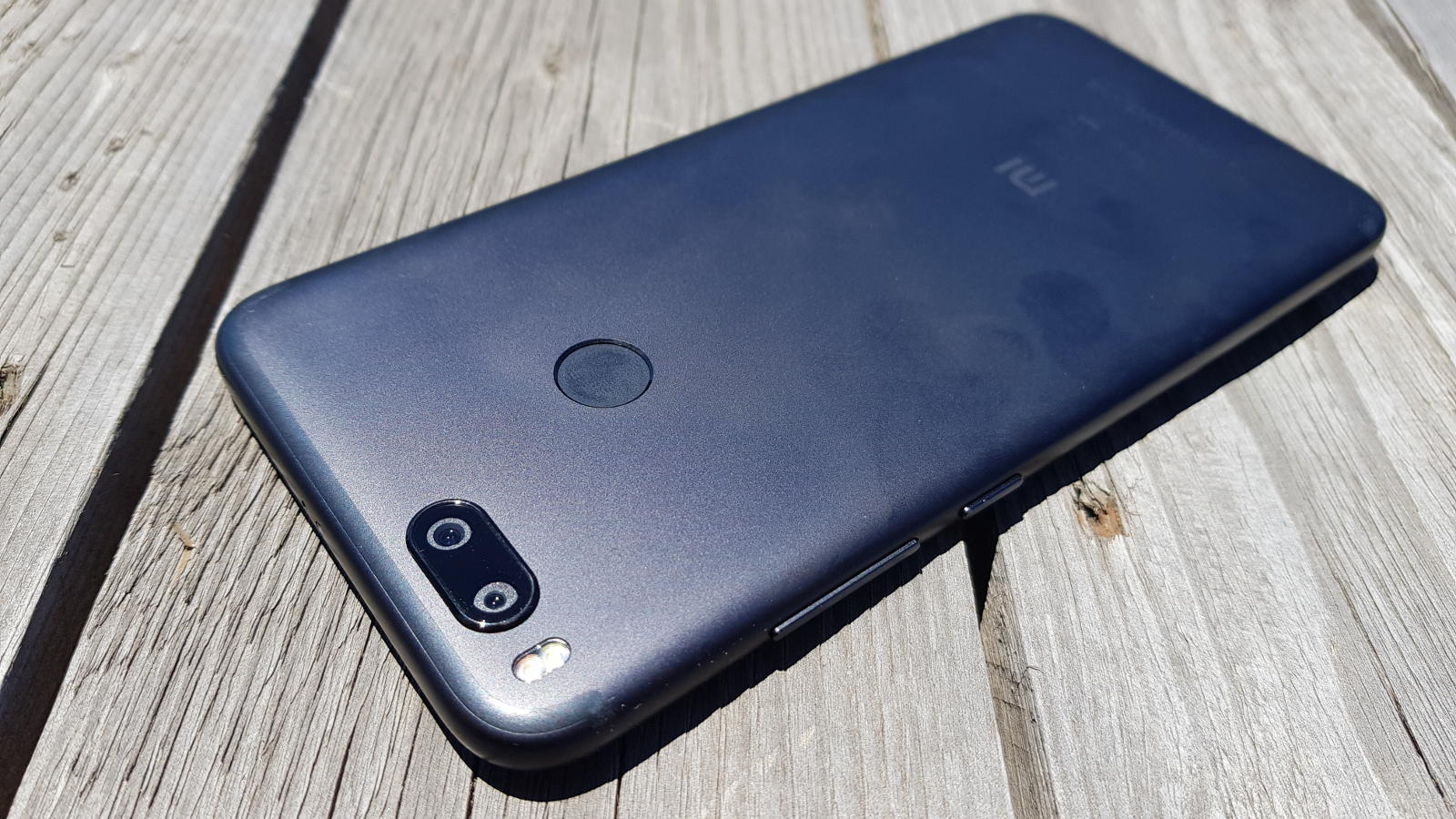
Xiaomi Mi A1 Front
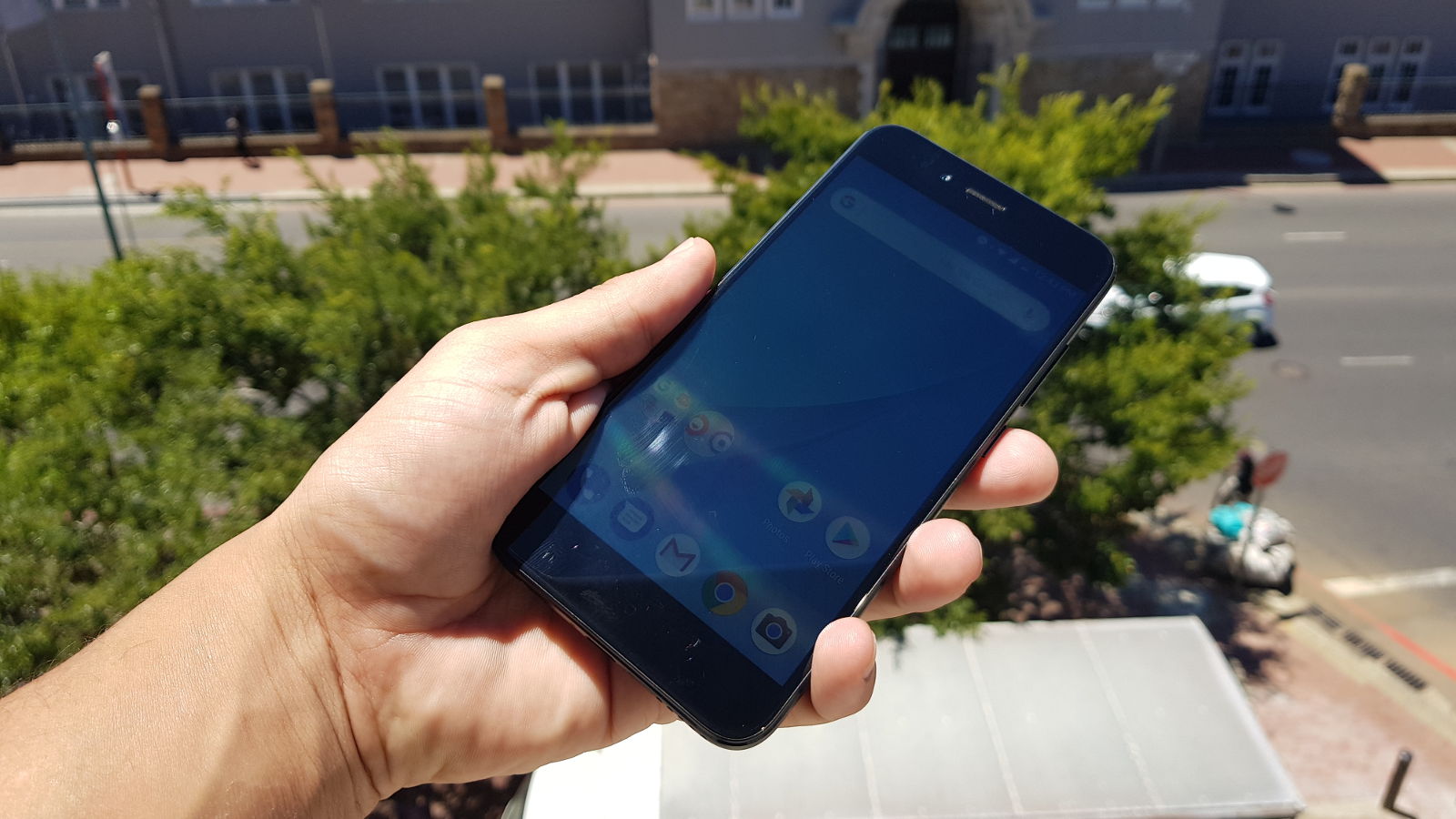
Mi A1 Antutu
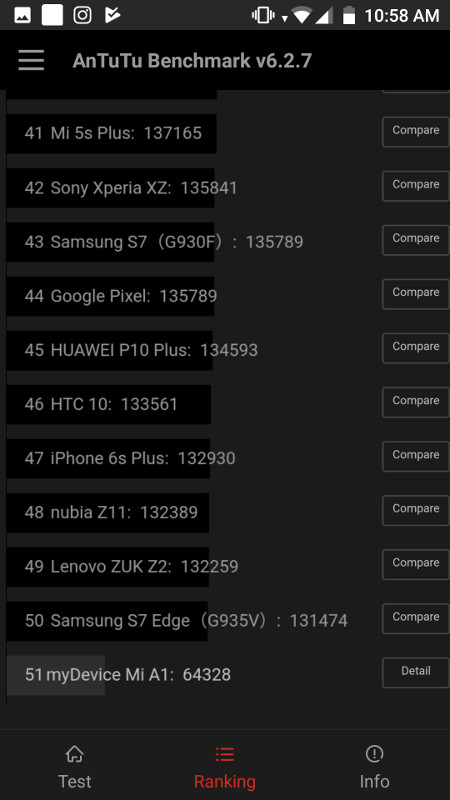
Xiaomi Mi A1 Chin
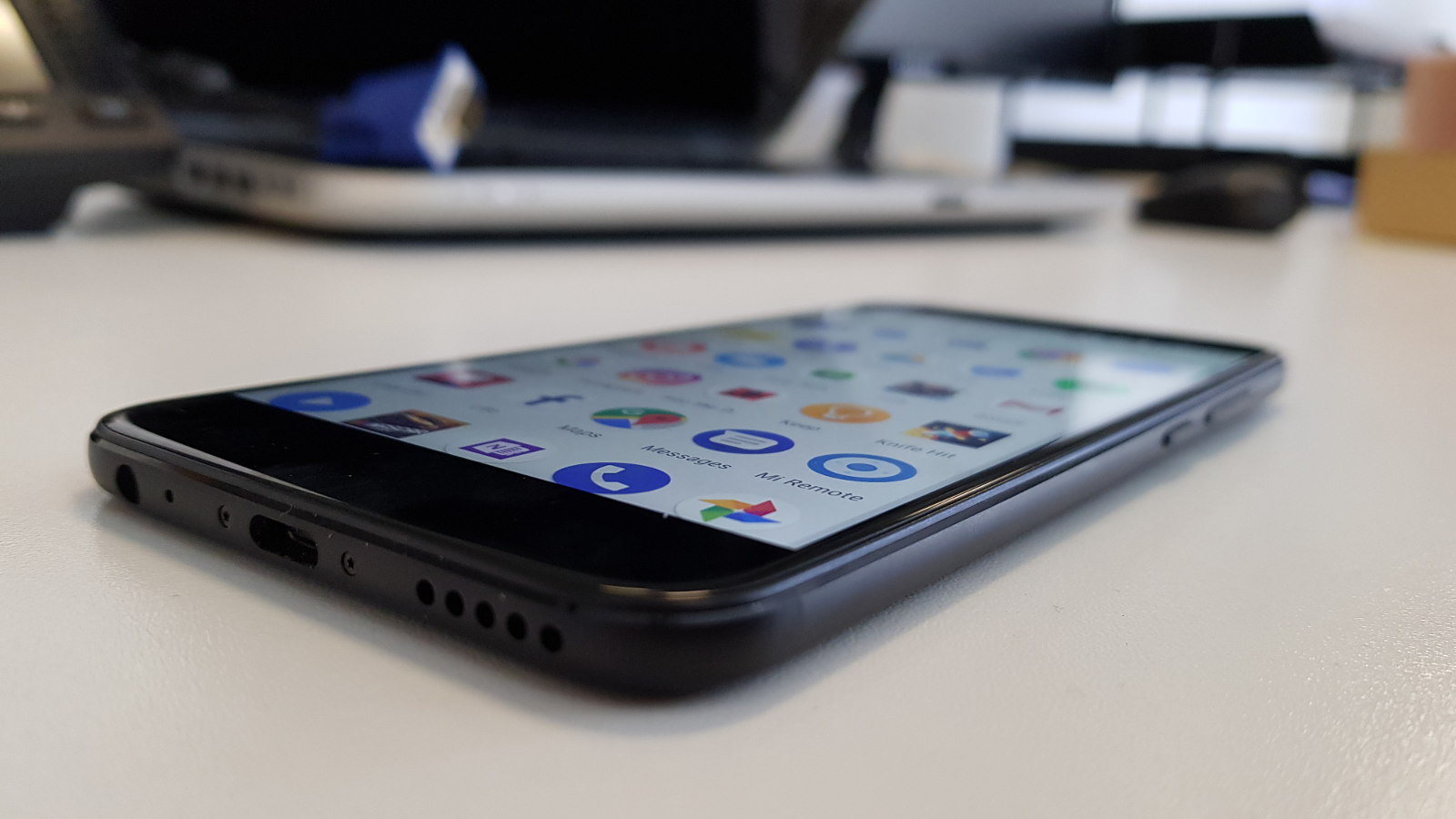
Xiaomi Mi A1 Sample

Well defined lines and a solid level of detail make for a pleasant floral shot.
Xiaomi Mi A1 Sample

A lovely HDR shot of flowers here, featuring crisp edges on the outer flowers. But look towards the middle of the bunch and the blurry edges reveal themselves.
Xiaomi Mi A1 Sample

The non-HDR version of this scene definitely looks less appealing, thanks to those dark shadows.
Xiaomi Mi A1 Sample

This HDR shot seems to brighten the entire scene, the white building being super white still. But we do see more detail in the hotel. We also see ghosting in the foreground pedestrians.
Xiaomi Mi A1 Sample

The 2x telephoto camera is the ideal tool for the skatepark. And for once, the Mi A1 managed to freeze a friend in action.
Xiaomi Mi A1 Sample

Between the oil painting effect in the foreground and the grainy background on the left, it's not the best photo.
Xiaomi Mi A1 Sample
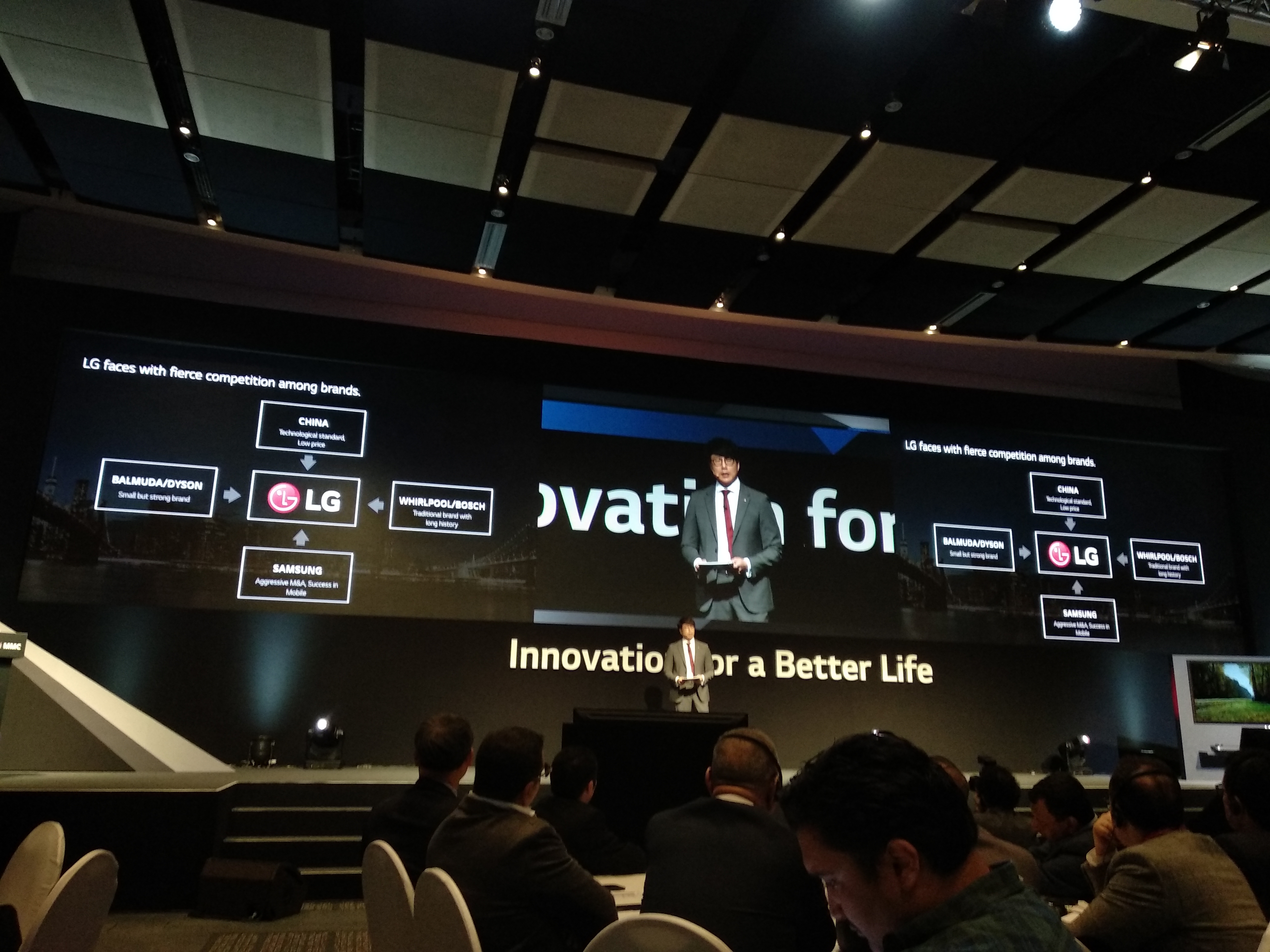
The lack of OIS means that blur happens very often in the dark. This shot took multiple tries.
Xiaomi Mi A1 Sample

The HDR shot makes the crowd look alive, while the trees and hill look more vibrant.
When it comes to the photography arena (right-click on above images to view the full-res shots), the Mi A1 is suitably equipped at first glance, being one of the few big-name brands to offer dual-camera tech in a mid-tier device. You’ve got a 12MP main camera (f/2.2 oddly enough, but with 1.25 micron pixels) and a 12MP telephoto camera (f/2.6, 1.0 micron pixels), while selfies are handled with a 5MP f/2.0 shooter.
This is a similar setup to the Mi 6, but before we go shooting, we can already see a few omissions/cutbacks. The Mi A1 cameras lack optical image stabilisation, which means that video and low light photos will suffer on paper. Then there’s the main camera moving to a much smaller f/2.2 aperture, letting in less light compared to the Mi 6’s f/1.8 shooter.
In any event, daytime snaps won’t disappoint, delivering clean lines and solid colour reproduction. You’ll definitely want to turn on HDR now and again though, as dynamic range is pretty low in general. The HDR option does a great job of bringing out detail in shadows (as you’d expect), but we do notice some ghosting with people, albeit not to the same extent as Meizu’s devices. Due to the Snapdragon 625? Probably, as we’ve seen some ghosting with other 625-toting phones as well. We also notice that bright whites tend to stay super bright, regardless of mode, but that probably can’t be helped.
I quite liked using the telephoto camera during the day too, maintaining similarly satisfying results to the main shooter. Much like the dual-camera iPhones, Xiaomi’s device uses digital zoom on the regular camera when the light goes down. Speaking of low light…
Switch to night-time and you definitely notice the Mi A1’s budget nature, featuring oodles of noise and a lot more blur than your average flagship smartphone. That’s not to say you can’t get great pictures in these situations, but you’ll definitely want to take multiple shots and keep the hands as still as possible. OIS would’ve been a big help here, allowing the camera shutter to stay open longer without hand-induced blur.
The phone also offers a portrait mode feature, which works fine, but you’ll need ideal conditions and a generally compliant subject to get it working well enough. Even then, you’ll notice some blurred edges now and again. I would’ve liked to see adjustable depth of field or refocus effects too — it’s basically a straight copy of the iPhone’s dual-camera trickery right now.
All in all, it’s clear that the Mi A1’s weakest department is photography. It’s understandable, as this is usually the first aspect to suffer in a budget phone, but I got the impression that 2016’s Mi 5 is probably a better photography device. Nevertheless, as long as you’ve got good light, you can get some good results from both rear cameras.
I do quite like the Mi Camera app though, offering a variety of options, such as the HHT mode for low-light shots, tilt-shift, portrait mode and manual controls. But an official Google Camera HDR app would’ve been a welcome bonus too, especially as the Mi Camera app doesn’t have auto recognition for HDR.
There is one noteworthy omission here though, as the phone (like many Xiaomi handsets) lacks 1080p/60fps video recording. Speaking of video recording, you’ll definitely want to use a tripod or prop the phone against a surface to get jitter-free video, as the lack of OIS or even software stabilisation is very noticeable.
Battery life
In theory, the efficient internals and 3000mAh battery should result in a phone that certainly has longer than average legs. And this is largely the case with the Mi A1.
We took the phone to a recent event, live-tweeting, taking a few snaps and recording audio in the morning for just over 90 minutes. Otherwise, we used the device for some reddit and social media browsing. Come home time, the phone still had roughly half its battery left. while the next morning saw between 20 to 30% left. So if you forget to charge the phone overnight, you should be fine until you get to work.
We also did the usual video playback test, installing MX Player and running a 1080p/60fps video on loop. Of course, we turned up the system brightness, app brightness and enabled WiFi/mobile data connectivity. We started at 9.28am, the phone dying by 3.13pm — a rather average tally of just under six hours.
Nevertheless, everyday usage was very positive and, while it’s no Redmi Note 4 in terms of pure capacity and effortless two-day juice, you can afford to a miss an overnight charge.
Mi A+?
The Xiaomi Mi A1 definitely ticks a lot of boxes. Pure Android? Check. Dual-camera setup in a budget phone? Indeed. Pleasant design? Yep. Solid battery life? Of course.
It’s not perfect though, as photo quality takes a huge dip when the sun goes down, while recorded videos shake with the slightest hand tremor. Nevertheless, it’s the only black mark on what’s a pretty compelling package for R5000. At this price, it’s a few hundred rand more expensive than the Nokia 6, but you’re getting better internals and dual cameras (in addition to pure Android).
Key numbers
Dimensions: 75.8mm x 7.3mm x 155.4mm
Weight: 165 grams
SIM type: hybrid SIM slot (two nano SIM cards or one nano-SIM and one microSD card)
Display: 5.5-inch, 1080×1920, LCD
Chipset: Qualcomm Snapdragon 625 processor | octacore ARM Cortex-A53 2Ghz | Adreno 506 GPU | 4GB RAM
Storage: 64GB expandable storage
Imaging: (Dual-camera) 12MP, f/2.2 aperture, 1.25 micron pixels | 12MP, f/2.6 aperture, 1 micron pixels, 2x telephoto zoom | (Front) 5MP, f/2.0 aperture
Video: 4K at 30fps, slow-motion 120fps at 720p
Battery: 3080mAh fixed
Cool features: rear-mounted fingerprint scanner, IR blaster, portrait mode for photos
OS: Android 8.0.0 (stock Android)
Verdict: Between stock Android, premium looks and a solid battery life, the Xiaomi Mi A1 certainly makes a case for being a mid-range champion. The photography arena is the main casualty though, but few brands have dual-camera phones for R5000 in the first place.
Score: 8.5 out of 10




